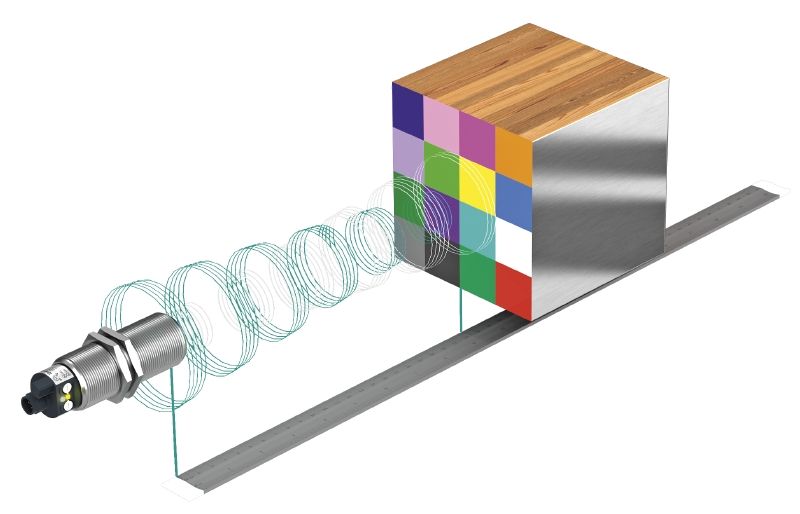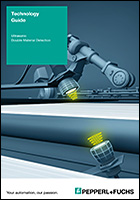Ultrasonic Sensor FAQ: Ultrasonic Technology and Functions at a Glance
Content of This Article
Ultrasonic Sensor FAQ: Ultrasonic Technology and Functions at a Glance
In industrial applications, ultrasonic sensors are characterized not only by their reliability, but also by their enormous versatility. They can be used to solve even the most complex of tasks involving the detection of objects or fill levels with millimeter precision, because their principle of measurement works reliably under almost all conditions. This blog article introduces the ultrasonic technology and function principles.
1. How Do Ultrasonic Sensors Work?
Ultrasonic sensors are able to detect objects and measure their distance from the sensor, all without making physical contact. Depending on the sensor used, detection ranges from a few centimeters to ten meters are possible. An ultrasonic pulse is emitted to calculate the distance between the sensor and the object. The echo reflected by the object is received again by the sensor and converted into an electric signal via the piezoelectric transducer. This is known as the echo transit time procedure. The sensor measures the time interval between the emitted ultrasonic pulse and the received echo and calculates the distance to the object using the speed of sound.
2. Where Are Ultrasonic Sensors Used?
Ultrasonic sensors are used for an extremely wide range of applications, primarily in the industrial automation sector. For example, the sensors can detect whether the fill level of a tank is approaching a critical level or identify how an aerial work platform can be moved reliably on a large construction site
3. How Do Ultrasonic Sensors Collect Information?
An ultrasonic sensor emits a pulse that is reflected by an object. The sensor receives the resulting echo and converts it into an electrical signal via a piezoelectric transducer. This is known as the echo transit time procedure. The time interval between the emitted ultrasonic pulse and the received echo is measured and the distance to the object is calculated using the speed of sound. At room temperature, the speed of sound in air is about 344 m/s.
Watch the video to see how the sensor measures the distance to an object. In this process, the time interval between the emitted ultrasonic pulse and the received echo is analyzed. The sensor calculates the distance to the object using the speed of sound.
4. What Materials Do Ultrasonic Sensors Detect?
Ultrasonic sensors detect any material, such as metal, wood, and plastics, regardless of their shape, color, or surface structure. The materials may be solid, liquid, or in powdered form—their surface simply needs to be able to reflect the sound waves emitted by the sensor. With the exception of highly sound-absorbent substances (e.g., wadding), objects can be detected precisely without any problems.
More Information
Subscribe to our newsletter and receive regular news and interesting facts from the world of automation.

